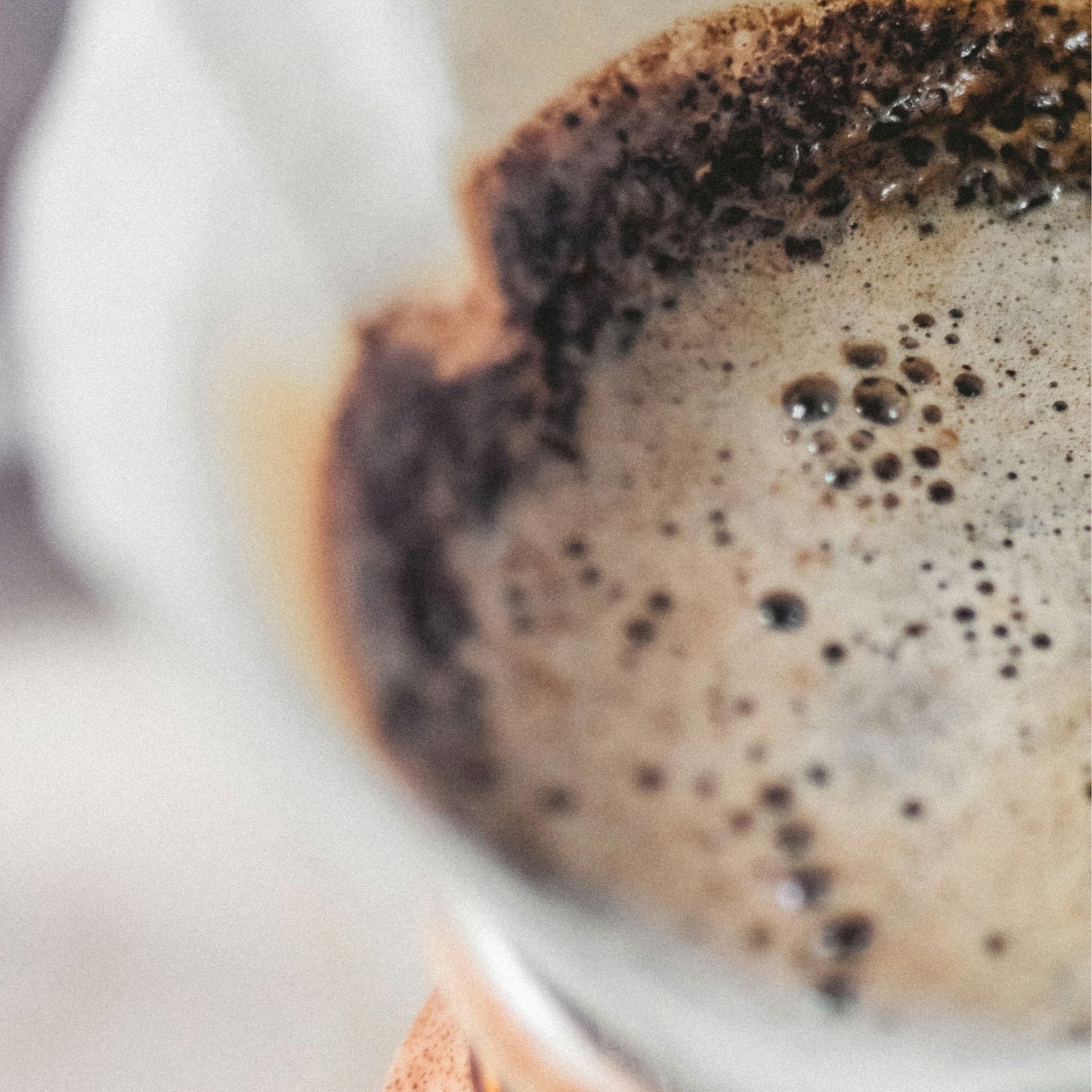Understanding Coffee Degassing and Blooming: The Key to a Perfect Cup

If you’ve ever brewed a fresh cup of coffee and noticed the bubbly "bloom" on the surface, you've witnessed coffee degassing in action. For many coffee enthusiasts, understanding the science behind these bubbles can elevate your brewing game, leading to a richer and more flavorful cup. Let’s dive into the essentials: what is coffee degassing, why it happens, how long it takes, and how it affects your coffee experience.
What is Coffee Degassing?
Coffee degassing refers to the process where roasted coffee beans release carbon dioxide (CO2) that was trapped inside during the roasting process. As the beans roast, chemical reactions occur that generate CO2, which remains locked within the bean's structure until it's gradually released after roasting. When you grind or brew freshly roasted coffee, the CO2 escapes, causing bubbles to form on the coffee bed, known as the "bloom."

Why Does Coffee Degas After Roasting?
Degassing is a natural outcome of the roasting process. As coffee beans are exposed to high temperatures, they undergo complex chemical changes, including the Maillard reaction and caramelization, which contribute to the flavor profile of the coffee. These reactions also produce CO2 as a byproduct, which becomes trapped within the bean’s cellular structure. Once the beans cool down, the trapped gases start to escape gradually.
This degassing is crucial because it affects how the coffee extracts during brewing. Too much CO2 can hinder water from fully saturating the coffee grounds, potentially leading to uneven extraction and less flavorful coffee. Properly degassed coffee allows for a more consistent brew, as the gases have had time to escape, enabling better contact between water and coffee.
How Long Does Roasted Coffee Need to Degas?
The degassing period for coffee varies depending on factors such as roast level, bean density, and the coffee's origin. However, a general rule of thumb is to allow freshly roasted coffee to degas for at least 2 to 10 days before brewing. Lighter roasts, which are denser, tend to require a longer degassing period than darker roasts. Waiting for this period ensures that the coffee’s flavor has fully developed and that the CO2 has sufficiently escaped, leading to a more balanced and flavorful cup.
Why Light Roasted Specialty Coffee Doesn’t Bloom Much Compared to Dark Roast
Light roasted coffee, especially high-quality specialty coffee, is often denser and less porous than dark roasted beans. Because of this density, the CO2 trapped during roasting is released more slowly and in smaller quantities. Additionally, light roasts are typically roasted for a shorter time, leading to less CO2 production overall. As a result, you may notice a less pronounced bloom when brewing light roast coffee compared to darker roasts.

How Grinding Affects Coffee Blooming
The grind size of your coffee beans plays a significant role in how your coffee blooms. A finer grind increases the surface area of the coffee, allowing more CO2 to escape quickly during blooming. This often results in a more vigorous and noticeable bloom. Conversely, a coarser grind has less surface area, which can lead to a slower and less dramatic bloom.
However, it’s important to match your grind size to your brewing method. For instance, a fine grind is suitable for espresso, where a quick and intense bloom is desirable. In contrast, a coarser grind is better for methods like French press or cold brew, where a slower bloom is expected.
Is Coffee Blooming Really Important for a Good Cup of Coffee?
While blooming is a sign of freshness and indicates that the coffee has been properly degassed, it’s not the only factor determining a good cup of coffee. Proper blooming can enhance the extraction process, leading to a more even and flavorful brew. However, even if your coffee doesn’t bloom significantly, especially with light roasts, it can still produce a delicious cup if other factors like grind size, water temperature, and brewing time are well controlled.
In conclusion, understanding the role of degassing and blooming in coffee brewing can help you fine-tune your technique, ensuring that each cup you make is as flavorful and aromatic as possible. Whether you're a fan of dark, bold roasts or light, delicate flavors, paying attention to how your coffee degasses and blooms can make a noticeable difference in your daily brew.





